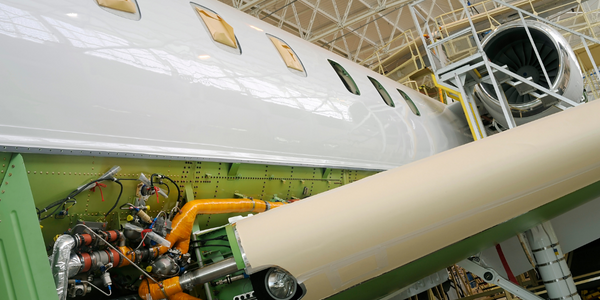Technology Category
- Analytics & Modeling - Digital Twin / Simulation
- Sensors - Liquid Detection Sensors
Applicable Industries
- Aerospace
- Consumer Goods
Applicable Functions
- Logistics & Transportation
- Quality Assurance
Use Cases
- Manufacturing Process Simulation
- Virtual Reality
Services
- Testing & Certification
About The Customer
Tata Steel is one of the world’s pioneering steel companies, manufacturing a wide range of steel products. The company primarily serves customers in the automotive, construction, consumer goods, engineering, packaging, lifting and excavating, energy and power, aerospace, shipbuilding, rail and defense, and security sectors. Tata Steel has manufacturing operations in 26 countries, including Australia, China, India, the Netherlands, Singapore, Thailand and the United Kingdom.
The Challenge
The continuous casting of steel, particularly when casting different grades in the same sequence, produces transition billets. These billets do not conform to any specific grade and thus need to be downgraded or diverted. The challenge lies in identifying the extent and location of this intermixed zone to minimize production and quality issues. The process of billet casting to convert liquid steel to solid billets is fraught with uncertainties and variables. For instance, the casting speed may change or certain strands may become non-functional, altering the flow in the tundish and changing the transition tonnage. Predicting and optimizing the transition tonnage during the grade change under different plant scenarios is a significant challenge. To better understand and manage this process, a CFD model was developed.
The Solution
The solution involved the use of ANSYS Fluent software with the realizable k-e turbulence model to model fluid flow in the tundish. The unsteady-state species transport model was used to generate the residence time distribution of the vessel. Further data analysis was carried out to predict the start and end of transition in the tundish. The robust solver and the interactive user interface in ANSYS Fluent helped to speed up the analysis setup and subsequent post-processing. The accuracy of the simulation helped Tata Steel to optimize the transition tonnage produced during the grade change. This quality control measure led to a reduction in customer complaints and saving of transition tonnage. The use of ANSYS Fluent also reduced the cost of plant-scale experiments and testing.
Operational Impact
Quantitative Benefit

Case Study missing?
Start adding your own!
Register with your work email and create a new case study profile for your business.
Related Case Studies.
.png)
Case Study
Improving Vending Machine Profitability with the Internet of Things (IoT)
The vending industry is undergoing a sea change, taking advantage of new technologies to go beyond just delivering snacks to creating a new retail location. Intelligent vending machines can be found in many public locations as well as company facilities, selling different types of goods and services, including even computer accessories, gold bars, tickets, and office supplies. With increasing sophistication, they may also provide time- and location-based data pertaining to sales, inventory, and customer preferences. But at the end of the day, vending machine operators know greater profitability is driven by higher sales and lower operating costs.

Case Study
Airbus Soars with Wearable Technology
Building an Airbus aircraft involves complex manufacturing processes consisting of thousands of moving parts. Speed and accuracy are critical to business and competitive advantage. Improvements in both would have high impact on Airbus’ bottom line. Airbus wanted to help operators reduce the complexity of assembling cabin seats and decrease the time required to complete this task.

Case Study
Aircraft Predictive Maintenance and Workflow Optimization
First, aircraft manufacturer have trouble monitoring the health of aircraft systems with health prognostics and deliver predictive maintenance insights. Second, aircraft manufacturer wants a solution that can provide an in-context advisory and align job assignments to match technician experience and expertise.

Case Study
Aerospace & Defense Case Study Airbus
For the development of its new wide-body aircraft, Airbus needed to ensure quality and consistency across all internal and external stakeholders. Airbus had many challenges including a very aggressive development schedule and the need to ramp up production quickly to satisfy their delivery commitments. The lack of communication extended design time and introduced errors that drove up costs.





